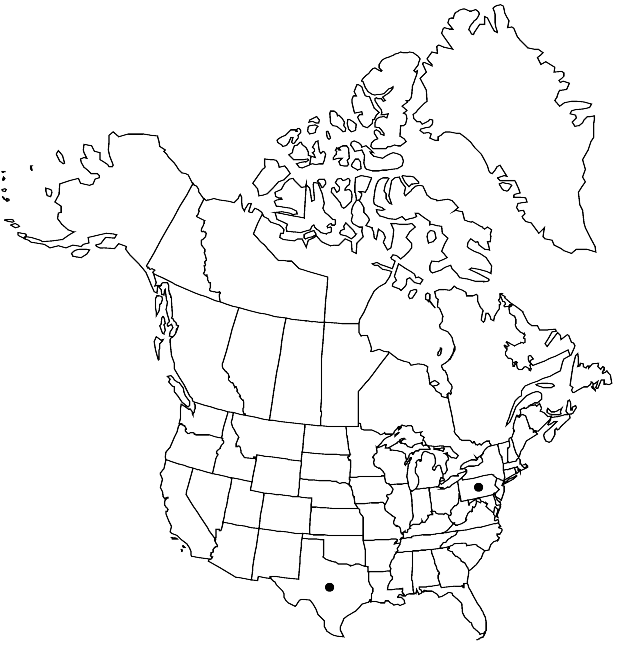Difference between revisions of "Sisymbrium polyceratium"
Sp. Pl. 2: 658. 1753.
FNA>Volume Importer |
FNA>Volume Importer |
||
| Line 50: | Line 50: | ||
|publication year=1753 | |publication year=1753 | ||
|special status= | |special status= | ||
| − | |source xml=https://jpend@bitbucket.org/aafc-mbb/fna-data-curation.git/src/ | + | |source xml=https://jpend@bitbucket.org/aafc-mbb/fna-data-curation.git/src/8f726806613d60c220dc4493de13607dd3150896/coarse_grained_fna_xml/V7/V7_1146.xml |
|tribe=Brassicaceae tribe Sisymbrieae | |tribe=Brassicaceae tribe Sisymbrieae | ||
|genus=Sisymbrium | |genus=Sisymbrium | ||
Revision as of 17:54, 18 September 2019
Annuals; (densely leafy throughout); often glabrous. Stems (simple or few to several from base), erect or ascending to subprostrate, branched distally, 1–5(–7) dm, glabrous. Basal leaves (soon withered); initially rosulate; petiole (1–)2–5(–6.5) cm; blade oblanceolate to lanceolate (in outline), 2–7(–10) cm × 10–30(–45) mm, margins sinuate- or runcinate-pinnatifid to coarsely dentate; lobes 3–6 on each side, often triangular, slightly smaller than terminal lobe, margins dentate or subentire. Cauline leaves (sometimes bracts, several), similar to basal, (shortly petiolate); blade margins dentate or subentire, (surfaces glabrous or sparsely puberulent at and near margin). (Inflorescences 2–4(–6)-fasciculate, or flowers solitary and axillary, bracteate throughout.) Fruiting pedicels ascending to erect, stout, narrower than fruit base, 0.5–1(–2) mm. Flowers: sepals erect, oblong, 1–1.5 × 0.3–0.5 mm; petals spatulate, 1.5–2 × 0.4–0.6 mm, claw 0.6–1 mm; filaments (erect, yellowish), 1.2–1.7mm; anthers ovate, 0.3–0.5 mm. Fruits (erect to ascending), subulate-linear, recurved, straight, slightly torulose, stout (widest at base), 1–2(–2.3) cm × 0.9–1.7 mm; valves usually glabrous, rarely puberulent; ovules 20–44(–54) per ovary; style 0.5–1 mm; stigma slightly 2-lobed. Seeds 0.7–1 × 0.4–0.5 mm. 2n = 28.
Phenology: Flowering Mar–Jun.
Habitat: Waste grounds, disturbed sites, roadsides
Elevation: 0-200 m
Distribution

Pa., Tex., Europe, w, c Asia, nw Africa.
Discussion
Selected References
None.